New Perspectives on Hyperkähler Manifolds - A Celebration of Dimitri Markushevich's (60+2)nd Birthday
BellaVista Relax Hotel
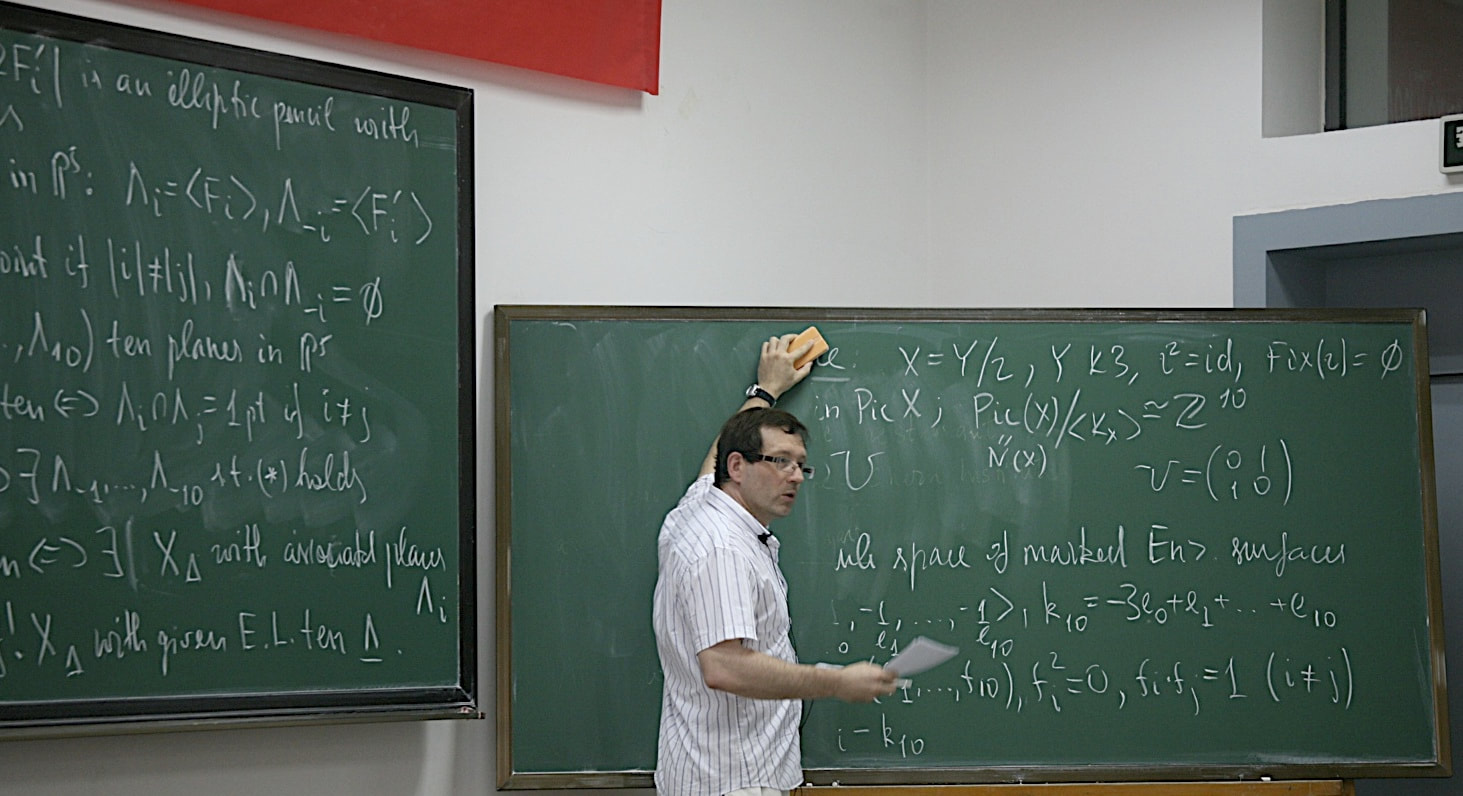
This workshop aims at providing an updated survey of the state of the art and future research directions in the area of compact hyperkähler manifolds in its various aspects. In particular, the following are some of the topics that will be addressed during the conference: the study of automorphisms and monodromy groups of compact hyperkähler manifolds and applications, the construction of families of compact hyperkähler manifolds, and the study of Lagrangian fibrations on compact hyperkähler (singular) varieties.
The workshop will be an opportunity to celebrate Dimitri Markushevich's (60+2)nd birthday and to recognize his many contributions to algebraic geometry.
It will take place at the Bellavista Hotel in Levico Terme, Italy. Please, visit this link to know how to reach Levico Terme.
Participation in the workshop is limited to 60 people (including the speakers and organizers). If you are interested, please register at your earliest convenience. We have limited funds to support the participation of Ph.D. students and young postdocs: please inform us in the registration form if you need support.
Deadline for Registration: March 31, 2022
Deadline for Requesting Support: February 28, 2022
Speakers.
Ekaterina Amerik (Université de Paris-Saclay, France)
Chiara Camere (Università degli Studi di Milano, Italy)
Gaia Comaschi (Universidade Estadual de Campinas, Brazil)
Daniele Faenzi (Université de Bourgogne, Dijon, France)
Valery Gritsenko (Université de Lille, France, and HSE University, Moscow, Russia)
Marcos Jardim (Universidade Estadual de Campinas, Brazil)
Alexander Kuznetsov (Steklov Mathematical Institute, Moscow, and HSE University, Moscow, Russia)
Laurent Manivel (Université Paul Sabatier, Toulouse, France)
Eyal Markman (University of Massachusetts, Amherst, USA)
Grégoire Menet (Université de Lille, France)
Giovanni Mongardi (Università degli Studi di Bologna, Italy)
Giulia Saccà (Columbia University, USA)
Alessandra Sarti (Université de Poitiers, France)
Justin Sawon (University of North Carolina at Chapel Hill, USA)
Alexander Tikhomirov (HSE University, Moscow, Russia)
Contributed talks by:
Salvatore Floccari (Leibniz Universität Hannover, Germany)
Annalisa Grossi (Technische Universität Chemnitz, Germany)
Enrica Mazzon (University of Michigan, USA)
Franco Rota (University of Glasgow, UK)
Organizers.
Ugo Bruzzo (SISSA, Trieste, Italy, and Universidade Federal da Paraíba, Jõao Pessoa, Brazil)
Grégoire Menet (Université de Lille, France)
Francesco Sala (Università di Pisa, Italy)
The Workshop is organized with the support of CIRM Trento, SISSA, PRIN 2017 (Progetto di Ricerca Scientifica di Rilevante Interesse Nazionale) "Moduli Theory and Birational Classification", and the Foundation Compositio Mathematica.
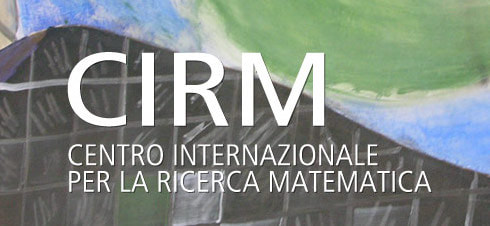
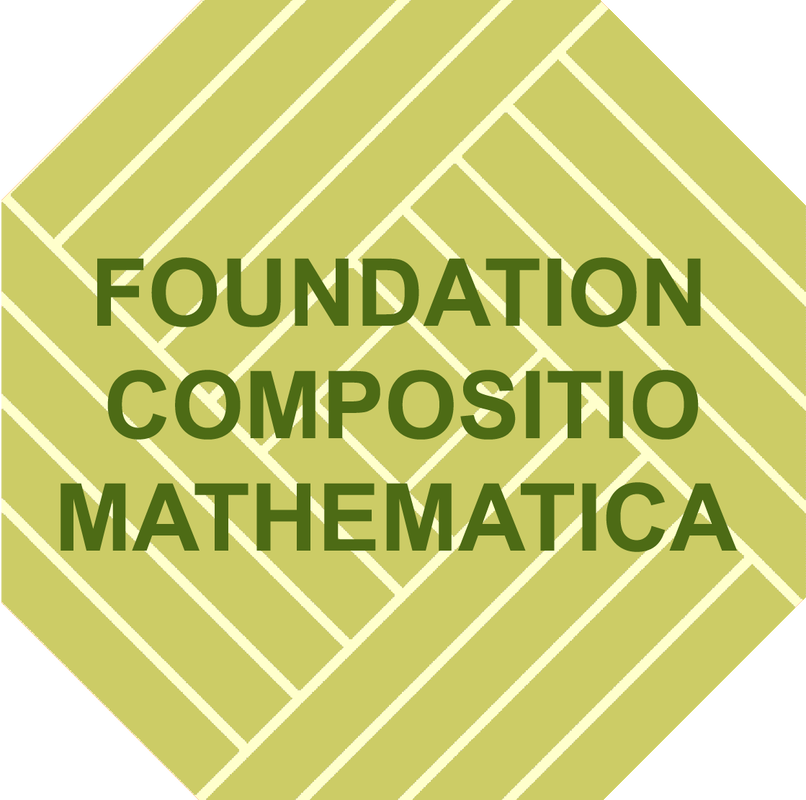
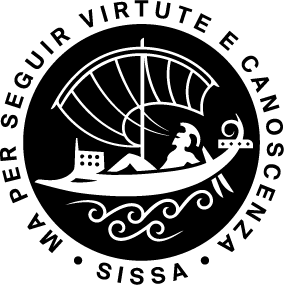

Conference Photo:
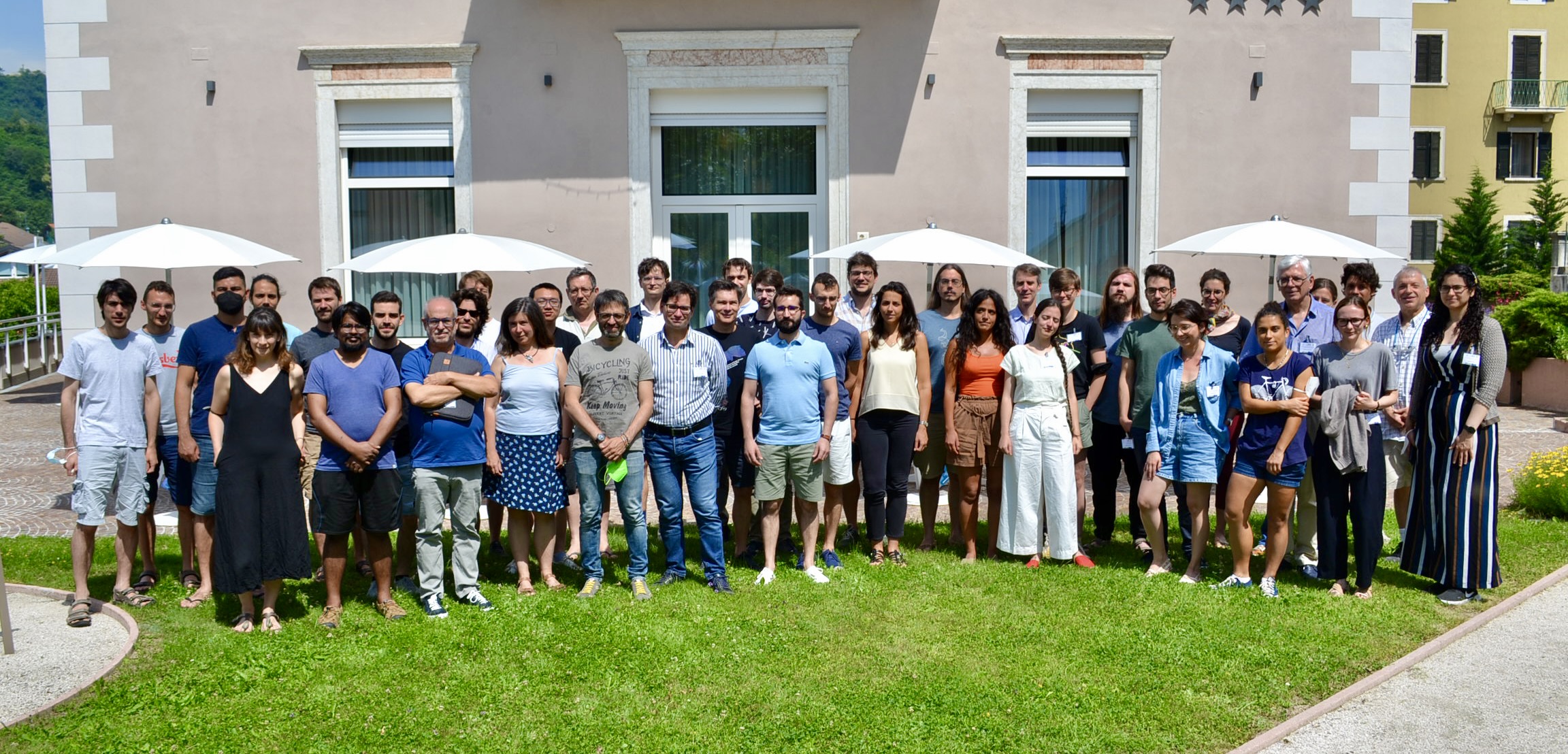
Alan Muniz
Alejandra Rincón Hidalgo
Alessandra Sarti
Annalisa Grossi
Antonios-Alexandros Robotis
Augustinas Jacovskis
Benedetta Piroddi
Calla Tschanz
Chiara Camere
Corinne Bedussa
Daniele Faenzi
Dimitri Markushevich
Ekaterina Amerik
Enrica Mazzon
Enrico Arbarello
Eyal Markman
Firoozeh Aga
Francesco Antonio Denisi
Francesco Sala
Franco Giovenzana
Franco Rota
Gaia Comaschi
Gaia Pisanello
Giovanni Mongardi
Giulia Sacca
Grégoire Menet
Hannah Dell
Justin Sawon
Laurent Manivel
Luca Giovenzana
Lucas Li Bassi
Marcos Jardim
Michele Graffeo
Pablo Magni
Riccardo Carini
Rodion Déev
Salvatore Floccari
Sebastian Schlegel Mejia
Shengxuan Liu
Shizhuo Zhang
Simone Billi
Soham Karwa
Soheyla Feyzbakhsh
Stevell Muller
Tomasz Wawak
Ugo Bruzzo
Umar Shazhad
Valery Gritsenko
Victor do Valle Pretti
Vladimiro Benedetti
Yulieth Prieto
